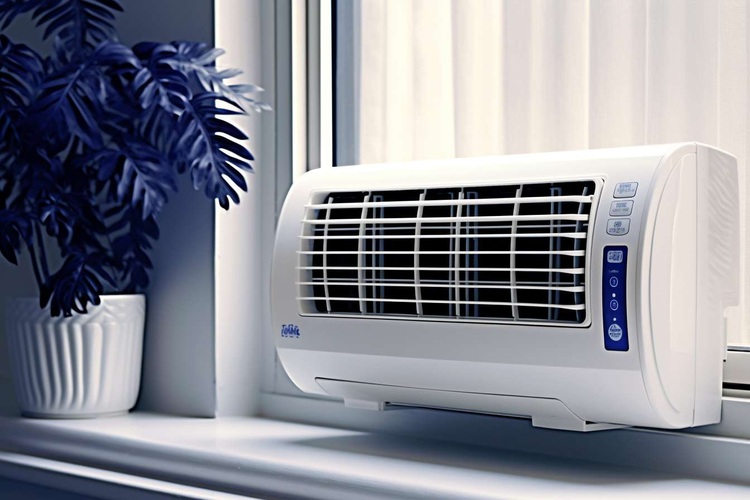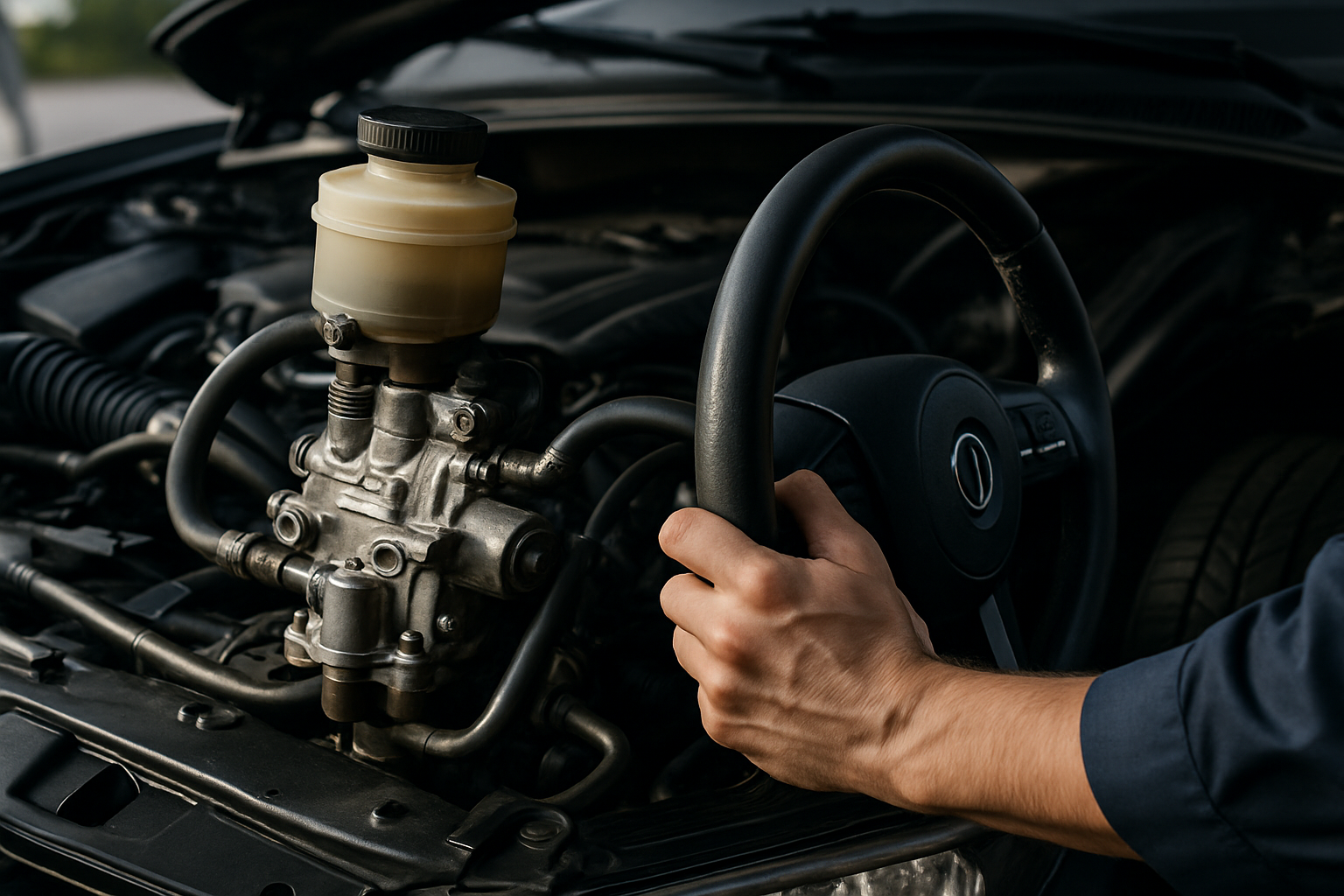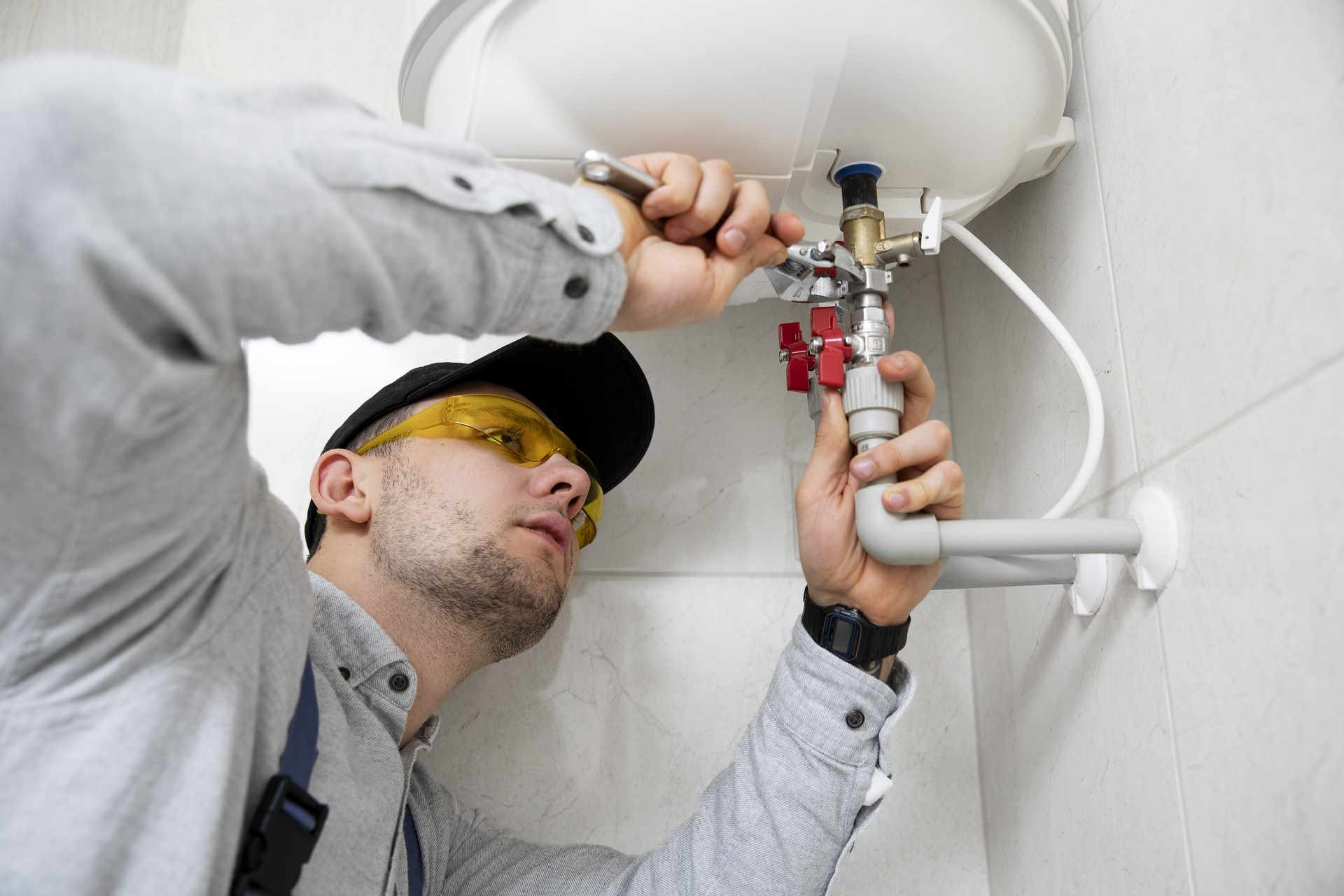Air Conditioners Without Outdoor Units: Compact Cooling Solutions for Modern Spaces
Air conditioners without an outdoor unit, often called monoblock or ventless ACs, are compact cooling systems that house all components within a single indoor unit. Unlike traditional split systems, they don’t require an external condenser, making them ideal for spaces where installing outdoor equipment is impractical or restricted. These units typically vent hot air through a window, wall opening, or use advanced evaporative cooling technology. While they’re easier to install and maintain, their cooling capacity is usually better suited for smaller rooms rather than large open areas.

Key Advantages of Going Outdoor-Unit-Free
The primary benefit of outdoor-unit-free air conditioners lies in their simplified installation process. Unlike traditional systems that require professional mounting of external units, these self-contained systems can often be installed by homeowners themselves. This eliminates the need for drilling through walls, running refrigerant lines, or obtaining building permits that outdoor installations typically require.
Space efficiency represents another significant advantage. Urban dwellers, apartment renters, and homeowners with limited exterior space find these units particularly appealing. They’re ideal for balconies, small patios, or situations where homeowner associations restrict outdoor equipment. Additionally, these systems operate more quietly since all mechanical components remain indoors, reducing noise pollution for neighbors.
The portability factor cannot be overlooked. Many models feature wheels or compact designs that allow users to move cooling power between rooms as needed. This flexibility makes them perfect for targeted cooling, whether you’re working from a home office during the day or sleeping in the bedroom at night.
Maintenance Tips for Long-Lasting Cooling
Proper maintenance ensures optimal performance and extends the lifespan of outdoor-unit-free air conditioners. Regular filter cleaning stands as the most critical maintenance task. Most units feature washable filters that should be cleaned every two weeks during heavy use periods. Simply remove the filter, rinse with lukewarm water, allow it to dry completely, and reinstall.
Water tank management requires attention for evaporative cooling models. Empty and refill water reservoirs regularly to prevent bacterial growth and maintain cooling efficiency. Use distilled water when possible to minimize mineral buildup that can clog internal components.
Ventilation pathways need periodic inspection and cleaning. Whether your unit vents through a window kit or wall opening, ensure these passages remain unobstructed. Remove any debris, dust, or lint that might impede airflow. Additionally, keep the unit’s intake and exhaust areas clear of furniture or curtains that could restrict air circulation.
Internal components benefit from annual professional servicing, even though these units are generally more maintenance-friendly than traditional systems. A qualified technician can inspect electrical connections, clean internal coils, and ensure all mechanical parts function properly.
Price Range and Cost Comparison with Traditional ACs
Understanding the financial aspects of outdoor-unit-free air conditioners helps consumers make informed decisions. These units typically range from budget-friendly options around $200 to premium models exceeding $800, depending on cooling capacity, features, and build quality.
| Unit Type | Price Range | Cooling Capacity | Best For |
|---|---|---|---|
| Basic Evaporative Cooler | $150-$300 | 200-400 sq ft | Dry climates, budget-conscious buyers |
| Portable AC with Window Kit | $300-$600 | 250-500 sq ft | Rental properties, temporary cooling |
| Advanced Monoblock AC | $500-$1,200 | 350-750 sq ft | Permanent installation, quiet operation |
| Traditional Split System | $1,500-$4,000 | 400-1,500 sq ft | Whole-home cooling, maximum efficiency |
When comparing total ownership costs, outdoor-unit-free units often prove more economical initially. Installation costs remain minimal since professional HVAC services aren’t typically required. However, energy efficiency may lag behind traditional split systems, potentially resulting in higher monthly utility bills. Operating costs vary significantly based on local electricity rates and usage patterns.
Long-term value considerations include the unit’s lifespan, which typically ranges from 5-10 years for portable models compared to 15-20 years for traditional systems. While the upfront investment is lower, replacement frequency may offset some savings over time.
Prices, rates, or cost estimates mentioned in this article are based on the latest available information but may change over time. Independent research is advised before making financial decisions.
Choosing the Right Model for Your Space
Selecting an appropriate outdoor-unit-free air conditioner requires careful consideration of room size, climate conditions, and personal preferences. Calculate your space’s square footage and match it with the unit’s cooling capacity, typically measured in BTUs (British Thermal Units). A general rule suggests 20 BTUs per square foot for average conditions.
Climate plays a crucial role in determining the most suitable technology. Evaporative coolers work exceptionally well in dry climates but prove less effective in humid environments. Conversely, refrigeration-based portable units perform consistently across various humidity levels but consume more energy.
Consider noise levels if the unit will operate in bedrooms or quiet spaces. Look for models with noise ratings below 50 decibels for comfortable nighttime use. Features like programmable timers, remote controls, and smartphone connectivity can enhance convenience and energy management.
These compact cooling solutions continue evolving, offering increasingly sophisticated features while maintaining their core advantage of outdoor-unit-free operation. From basic evaporative cooling to advanced refrigeration systems, options exist for virtually every cooling need and budget. The key lies in matching the technology to your specific requirements, ensuring optimal comfort without compromising on convenience or cost-effectiveness.




